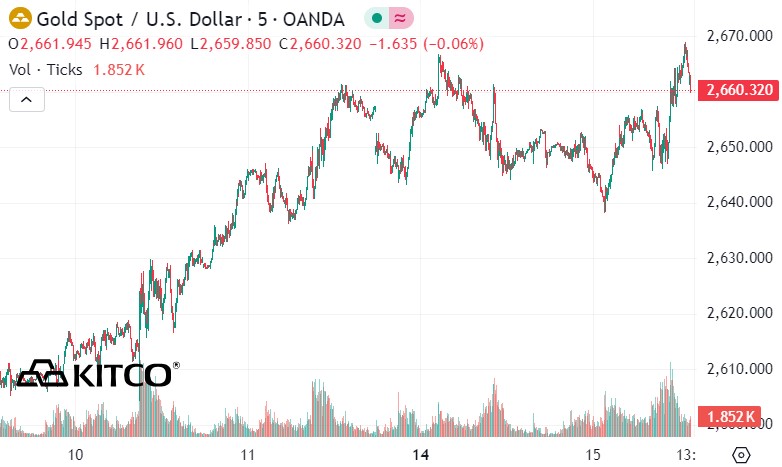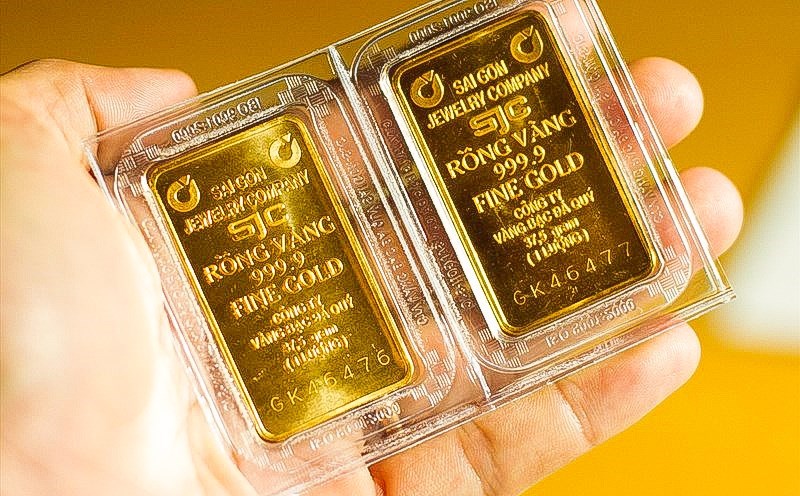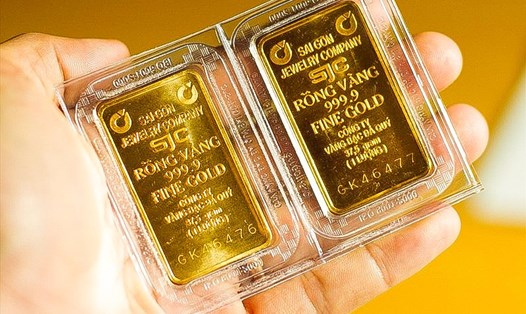Central banks continue to view gold as an important component of their reserve strategies, emphasizing the precious metal's role as an investment diversifier and safe haven in times of geopolitical and economic uncertainty.
This view was reinforced at the London Bullion Market Association (LBMA) annual conference in Miami, where representatives of the central banks of Mexico, Mongolia and the Czech Republic affirmed their commitment to maintaining and potentially increasing their gold holdings.
According to Mr. Marek Sestak - Deputy CEO of the risk management department of the Czech National Bank, the bank is holding some mining stocks as part of its equity portfolio, increasing its exposure to gold without affecting official reserves.
Over the past 18 months, the Czech National Bank has purchased a total of 32.8 tonnes of gold, bringing its holdings to 44.8 tonnes, or 2.4% of its total reserves.
Meanwhile, the Central Bank of Mongolia has also increased its official gold holdings. However, as a gold-producing country, it has sold some of its domestic production. So far in 2024, the bank has increased its official reserves by 2.4 tons and sold 3.5 tons.
Enkhjin Atarbaatar, director general of the Central Bank of Mongolia's financial markets department, stressed that gold is an important diversification tool in the bank's investment portfolio. Atarbaatar said that Mongolia has the potential to use the profits from its sovereign wealth fund to buy more gold.
In North America, the Central Bank of Mexico purchased 0.5 tonnes of gold in 2024. However, most of the gold was purchased since 2011. Currently, the bank holds 120.4 tonnes, accounting for 4.2% of its official foreign exchange reserves.
The bank sees gold as a diversifier due to its low correlation with other assets and currencies, said Joaquin Tapia, director of international reserves at the Central Bank of Mexico. He said Mexico has been active in the gold market using derivatives to hedge its holdings.

"Lower interest rates and geopolitical uncertainty are two factors that give gold the potential to rise further. Going forward, it may make sense to increase exposure to gold based on geopolitical uncertainty," Tapia stressed.
In addition, according to Mr. Marek Sestak, the USD will remain an important reserve currency. The global economy is gradually moving towards a bipolar world, which will support the demand for gold.
In Mongolia, the country currently holds 80% of its reserves in US dollars. However, geopolitical tensions have limited Mongolia’s ability to access those reserves.
Given these challenges, Atarbaatar argues that, in a hypothetical scenario, central banks could use gold to settle international trade.
While gold’s role as a global currency is growing, central banks also acknowledge challenges in the market. Additionally, Atarbaatar added, Mongolia does not view gold as a liquidity instrument. Instead, the central bank holds gold primarily for diversification purposes.
The World Gold Council (WGC) reported that global central bank gold purchases increased by 6% (equivalent to 183 tons) in the second quarter of 2024. However, the WGC forecasts that this figure could decline to an average of 150 tons for the entire year. However, central bank gold demand remains a key factor shaping the gold market.











